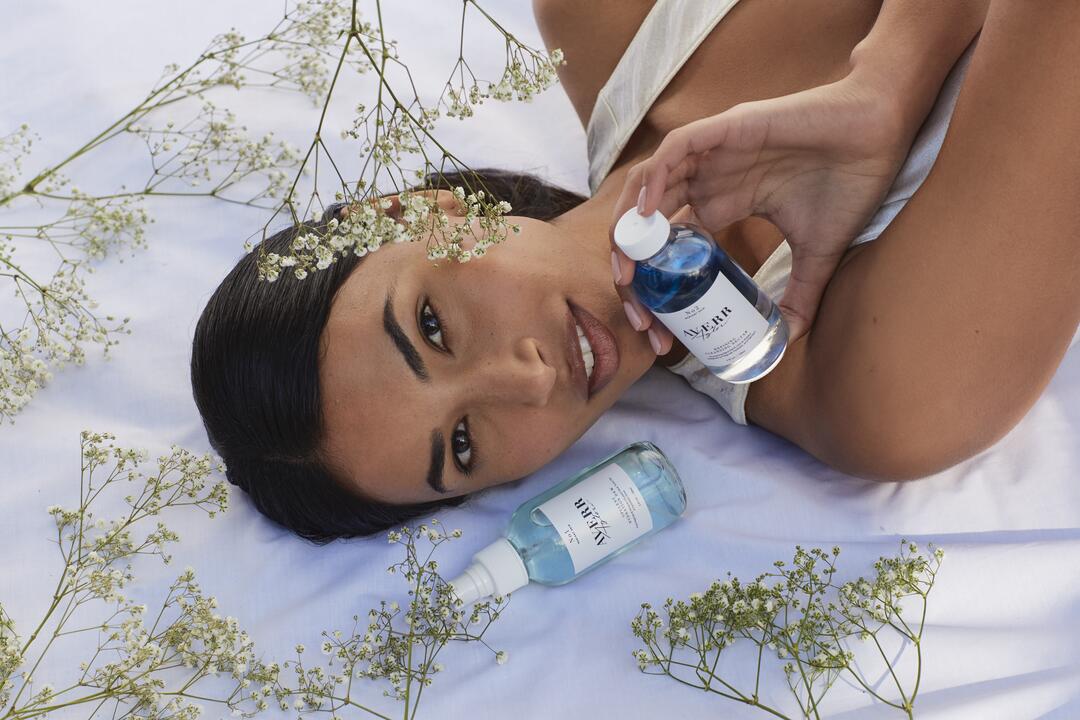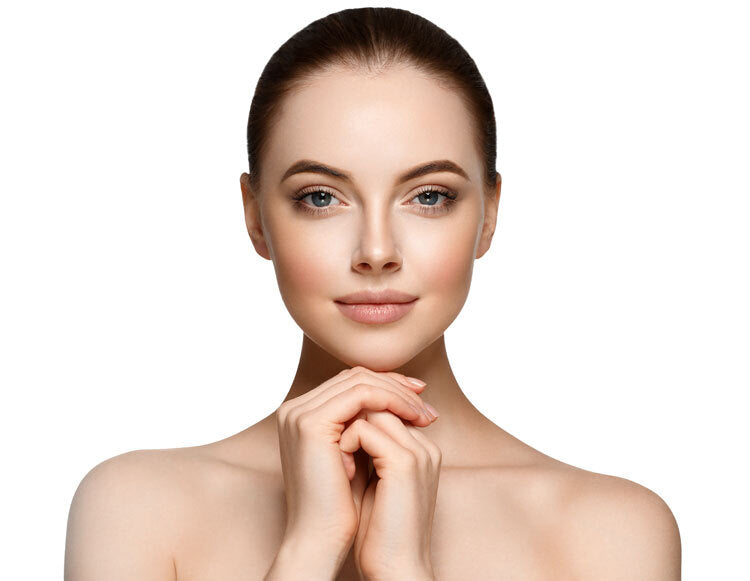
How to Get Rid of Cystic Acne
What is Cystic Acne?
Cystic acne is a severe form of acne characterized by the development of deep, painful, and inflamed cysts or nodules beneath the skin. These large, pus-filled lesions develop beneath the skin's surface and are often more stubborn and resistant to treatment than milder forms of acne, such as white or blackheads. These lesions can be larger than typical pimples, and they often result from the same factors that cause milder forms of acne, such as the overproduction of oil, clogged pores, and bacterial growth.
What Triggers Cystic Acne?
Cystic acne, a severe and painful form of acne, is influenced by a range of factors, often involving a complex interplay of genetics, hormonal changes, and environmental elements. Hormonal fluctuations, particularly an increase in androgens like testosterone, can stimulate the overproduction of sebum by the sebaceous glands, leading to the clogging of hair follicles and the development of cystic acne. Genetics also play a significant role, with a family history of severe acne increasing the likelihood of experiencing cystic acne. Excessive oil production, bacterial infection by Propionibacterium acnes (P. acnes), inflammation, and immune system responses contribute to the formation of painful cysts beneath the skin's surface. Certain medications and hormonal changes during the menstrual cycle can also act as triggers. Additionally, dietary factors such as high-glycemic foods and dairy products may play a role in some cases. It's crucial for individuals experiencing persistent or severe cystic acne to consult with a dermatologist for personalized evaluation and appropriate treatment options.
How to Get Rid of Cystic Acne?
Getting rid of cystic acne requires a comprehensive approach to address the underlying causes, manage symptoms, and promote healing. Here are effective strategies for managing and reducing cystic acne:
- Topical Treatments: Skip the OTCs, most over-the-counter acne products are targeted at surface-level breakouts, not at the deep-dwelling issues that fuel cystic acne.
- Gentle Skincare Routine: Adopt a gentle skincare routine using non-comedogenic products. Harsh cleansers or excessive scrubbing can exacerbate inflammation.
- Ice Compress: Applying an ice compress can help reduce inflammation and soothe the pain associated with cystic acne.
- Encourage Drainage: Apply a warm compress to the affected area, after you’ve cleansed, to help reduce inflammation and encourage the cyst to come to a head.
- Avoid Squeezing or Picking: Resisting the urge to squeeze or pick at cystic acne is crucial. This can worsen inflammation, increase the risk of scarring, and prolong healing.
- Lifestyle Adjustments: Evaluate lifestyle factors, such as diet and stress levels. Adopting a low-glycemic diet and practicing stress-management techniques may contribute to improvement.
Remember, addressing cystic acne may take time, and consistent adherence to a treatment plan is crucial.






